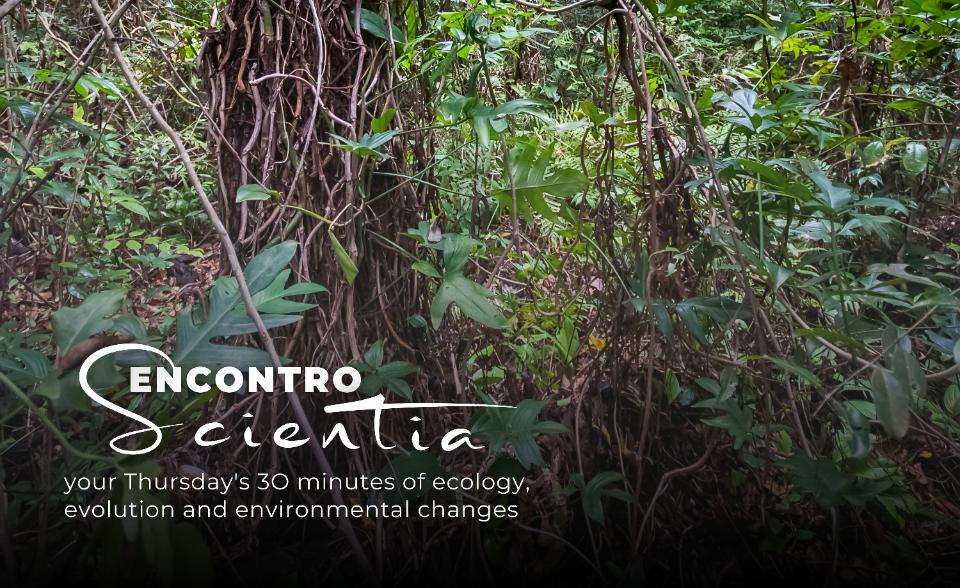-
Date:
14 Mar 2024
-
Location:
Room 2.2.14 - Faculty of Sciences of the University of Lisbon
-
Schedule:
12h00 (Lisbon time)
-
Lecturer or Responsible:
Cristina Antunes

Online access • LINK
Password • scientia
In tropical forests both light and water are important drivers of variations in growth and health of woody species. In seasonally flooded tropical dune forests, like restinga forests, groundwater availability can have a great effect on water-use and eventually on forest vitality. So, how does water-table depth affect the physiological status of restinga’s vegetation?
Trying to answer this question, we studied 15 woody species in a restinga forest of the Atlantic Forest (southeast of São Paulo) and evaluated the effects of environmental factors (such as water-table depth and light accessibility) and biotic factors (as water-uptake depth, plant size and stand structure) on shaping vegetation physiological condition. Besides underpinning the importance of light on the physiological performance in this ecosystem, particularly partitioning over and understory species, we have found that, under rainless periods, water-table depth defined water-sources-use of both trees and understory shrubs. In turn, these adjustments towards deeper soil layers had a significant negative influence on trees’ physiological performance.
In this talk we will discuss the influence of groundwater changes among over and understory restinga species, the paths and trade-offs of plant investments, and how the indirect effects driven by water-table depth reveal intricate mechanisms governing the ecosystem vitality.

